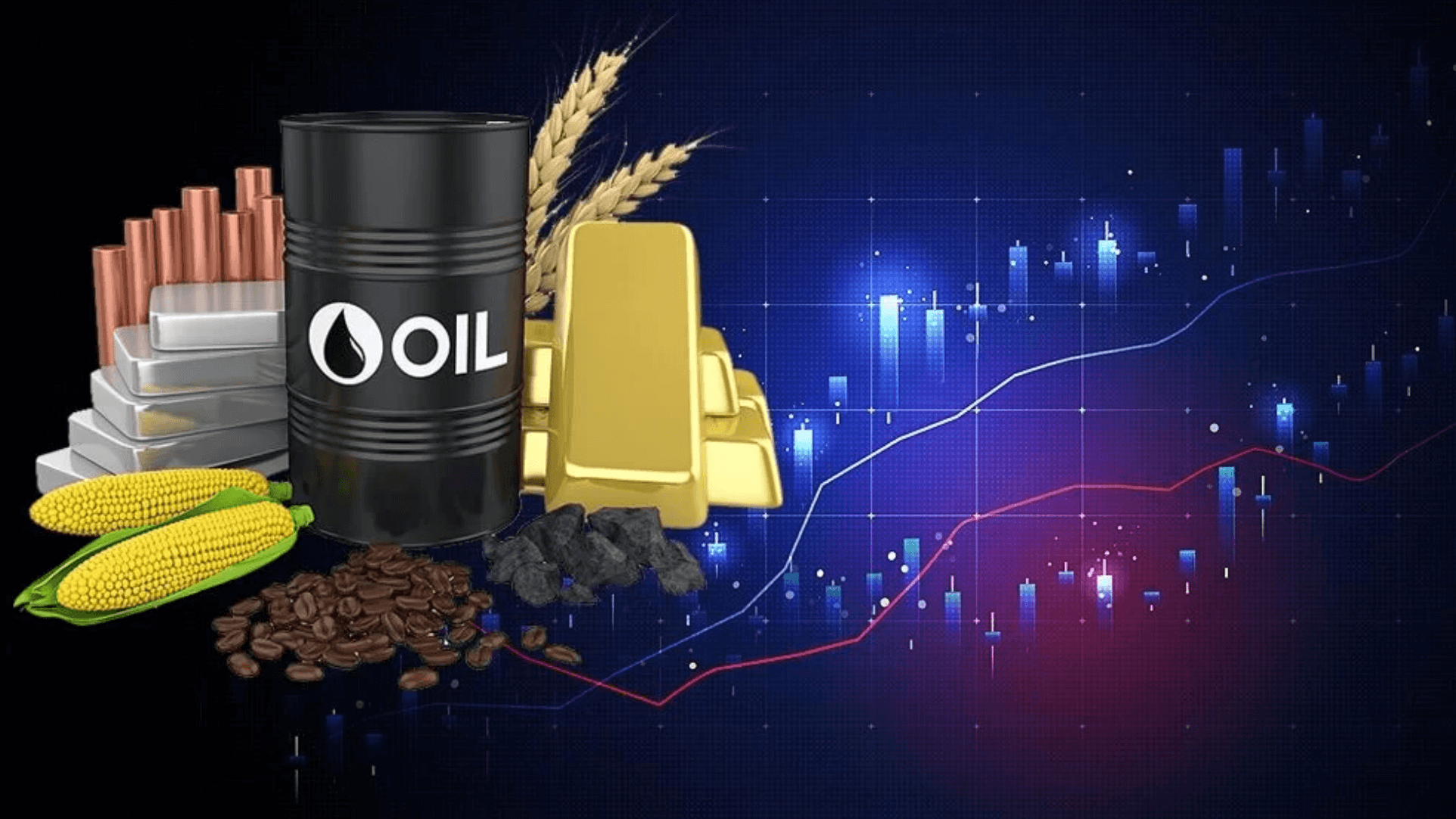Commodity generally refers to standardized goods produced or extracted from natural resources. They are products intended for trade, usually used directly without processing. Commodity markets play a crucial role in price discovery and risk management among investors and producers. Commodity trade has been the foundation of trade historically. For thousands of years, humans have bought and sold agricultural products, metals, energy resources, and other commodities. Today, commodity trading has reached a global scale, with active transactions in trade centers worldwide.
What is Commodity?
There are two main categories of commodities; soft commodities (agricultural products), and hard commodities (metals, energy resources). Soft commodities include corn, wheat, cotton, coffee, cocoa, sugar, and other agricultural products. These products are produced by the agricultural sector and their prices exhibit volatility due to factors like weather conditions, supply-demand balance, and political influences.
Hard commodities, on the other hand, include gold, silver, copper, platinum, oil, natural gas, coal, and similar products. These commodities are primarily used for industrial production, energy consumption, and the jewelry sector. Precious metals are in demand for jewelry, industrial production, and investment purposes, while energy resources are a part of everyday life and play a significant role in the world economy. Their prices fluctuate based on supply-demand balance, geopolitical risks, political conditions, and economic factors.

One characteristic of commodities is their standardization. Goods traded in commodity markets meet certain standards in terms of quality, quantity, and delivery conditions. This standardization facilitates the buying and selling of commodities, ensuring efficient trade. Standardization is used to prevent disputes between parties and regulate the delivery process.
Futures trading is also commonly used in commodity markets. Futures contracts are agreements where the price of a commodity to be delivered on a specific future date is determined today. Futures provide producers and consumers protection (hedging) against price volatilities. For instance, an agricultural producer planning to sell corn in the future can protect himself against the risk of falling corn prices with futures contracts.
Commodity markets also present various opportunities for investors. Investing in commodities provides portfolio diversification and can help balance risks under different market conditions. Commodity prices exhibit volatility based on supply-demand balance, weather conditions, economic indicators, and other factors.
Types of Commodities
There are multiple types of commodities. Generally, commodities are categorized under five categories: agricultural commodities, metals, energy commodities, precious stones, and industrial materials.
Agricultural Commodities
Agricultural commodities encompass plant-based products, animal-based products, and foodstuffs. It includes agricultural produce like corn, wheat, cotton, coffee, sugar, meat, dairy products, and oils.
Agricultural commodities are subject to price fluctuations due to factors like weather conditions, supply-demand balance, and political factors.
Metals
Precious metals like gold, silver, copper, platinum, palladium, and nickel are significant assets traded on commodity markets. These metals are used for jewelry, industrial production, and investment purposes. They can display price fluctuations based on economic stability, inflation concerns, and currency movements.
Energy Commodities
Commodities like oil, natural gas, coal, and electricity form an essential part of commodity markets. Energy commodities are sensitive to various factors including global economic activity, political situations, geopolitical tensions, and supply-demand factors. Energy prices are closely related to global energy demand and supply.
Precious Stones
Precious stones like diamonds, rubies, emeralds, sapphires, and opals are also considered commodities. These stones are used in the jewelry industry and gain value based on rarity, cuts, colors, and clarity. Precious stones are assets demanded by the international jewelry industry and investors.
Industrial Materials
Another category traded in commodity markets is industrial materials. Materials like copper, zinc, aluminum, lead, iron ore, steel are used in construction, automotive, electronics, and other industries. Prices of industrial materials are influenced by industrial production, demand, and supply situations.
Features of Commodities
Commodities have multiple features including standardization, futures trading, global markets, and currency relations. The first feature is standardization. This ensures that goods traded on commodity markets have standardized quality, quantity, and delivery terms, facilitating trade efficiency.
Another feature is their ability to trade on futures markets. Futures contracts are agreements where the price of a commodity to be delivered in the future is determined today. Futures provide producers and consumers with protection against price movements and can also be used for speculative purposes.
One of the most significant features of commodities is that they are traded on global markets. Commodity trading generally occurs on a global scale. Commodities are bought and sold at trade centers worldwide, indicating that commodity prices are influenced by global factors.
The relationship between commodity trading and foreign exchange is high. Commodities are generally priced in US dollars. The value of the US dollar can affect commodity prices. For instance, when the US dollar loses value, commodity prices can rise.









